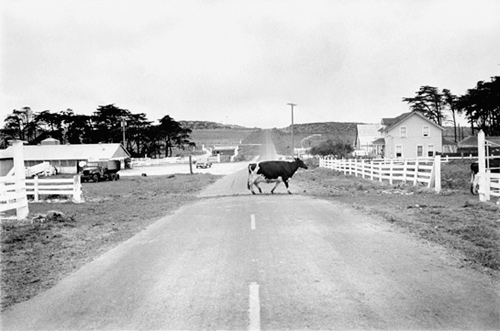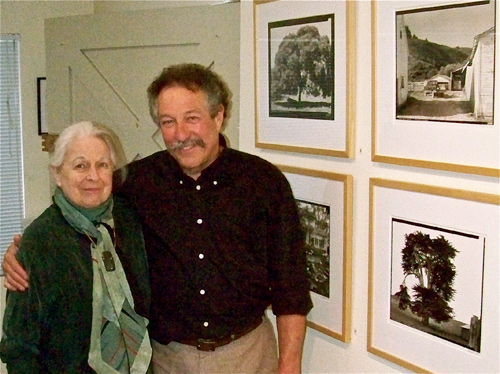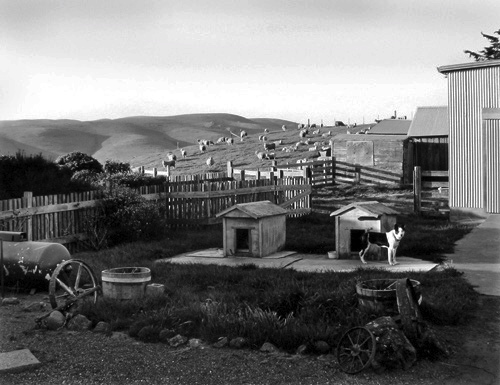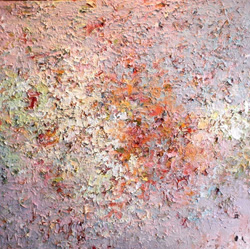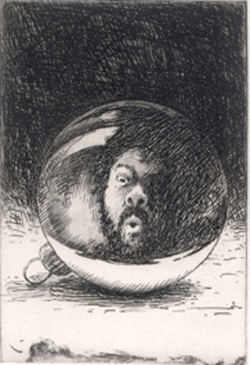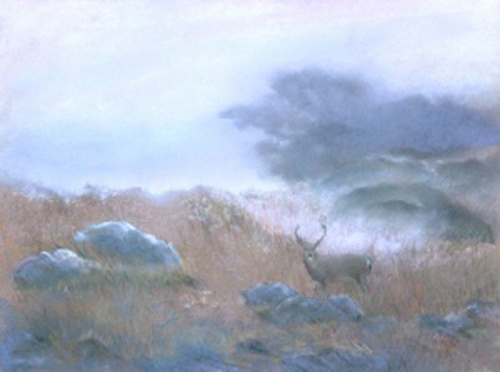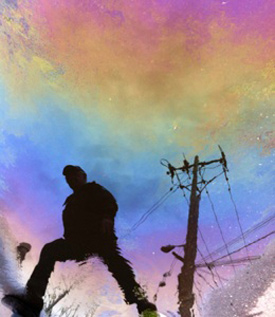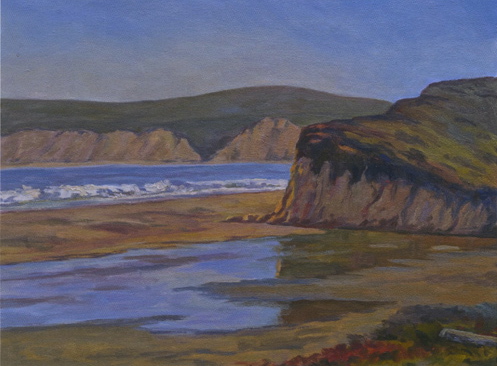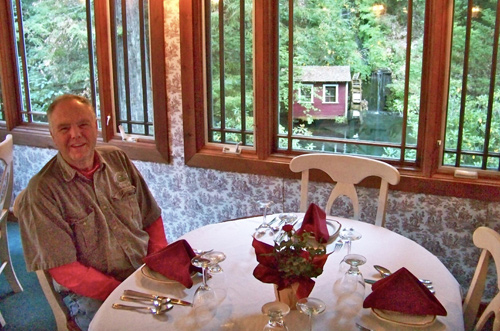I suggest you mark on your summer calendar four first-rate shows featuring people I know and admire. The venues will take you from Olema (or SFO) to Nicasio to Marshall to Cazadero.

Cow Crossing Spaletta Ranch. (Photo ©Art Rogers)
Point Reyes Station photographer Art Rogers held a well-attended opening reception Saturday in the Red Barn at Point Reyes National Seashore headquarters for an exhibition titled West Marin Views.
“For more than 150 years, photographic images have told the story of the American West and an era when life was simpler,” Art wrote in announcing the show. “They highlighted the beauty and tranquility of the western frontier and captured the intimate relationship of humanity with the land and animals. But it is not just a cultural memory, it is our American identity.
“I have lived and worked in West Marin as town photographer for over 43 years. These photographs are selections from this retrospect, of places that are beautiful, tranquil, dynamic, and that connect you to humanity, the land, and animals.”

Photographer Art Rogers with Stinson Beach gallery owner Claudia Chapline.
Since 1975, Art has provided The Point Reyes Light with weekly Point Reyes Family Album portraits of families, children and babies, large groups, rural scenes, and landscapes of West Marin. He is a recipient of a Guggenheim fellowship and has also received fellowships from the National Endowment for the Arts and the Marin Arts Council, as well as the Society for the Encouragement of Contemporary Art award from the San Francisco Museum of Modern Art.
His background includes stints as a baby photographer, a photojournalist and as a teacher at the San Francisco Art Institute and Indian Valley College. His photographs are included among the collections of the San Francisco Museum of Modern Art; the International Center of Photography, New York; the Center for Creative Photography Archive, Tucson; Le Musée de l’Elysee, Switzerland; and the de Young Museum, San Francisco.
He has produced a series titled Yesterday and Today, in which the same subjects have been photographed in the same place after a time span of as much as 30 years. His portraits have documented the agricultural community on the North Coast for more than 35 years.
Art’s exhibit in the park can be seen, by appointment only, through Aug. 5. People wishing to make an appointment need to contact Annalisa Price at 663-1200 (email bookstore@ptreyes.org) or Carola DeRooy at 464-5125 (email carola_derooy@nps.gov).

Ranch Dogs at Sunset, Tomales, 2006
Those who don’t want to go to the trouble of getting reservations for Art’s exhibit at park headquarters can drop by the San Francisco International Airport museum where he has a separate exhibit titled The Rustic Landscape showing until the end of August. The museum is in Terminal 3, Level 2. _____________________________________________________________________________________
 Art by the Bay Weekend Gallery is featuring works by Chuck Eckart of Point Reyes Station on weekends through July 27.
Art by the Bay Weekend Gallery is featuring works by Chuck Eckart of Point Reyes Station on weekends through July 27.
Also on display will be art by Nancy Stein, Jude Vasconcellos and Denis Bold.
Lynn and I were there when the exhibition was unveiled Saturday. The opening reception, however, will be held from 1 to 5 p.m. Sunday, June 22.
The gallery, which is located across Highway 1 from Tony’s Seafood restaurant is open from noon to 5 p.m Saturdays and Sundays.
This abstract painting is from Chuck’s Ground Cover series, which is rarely shown in West Marin.
“The Ground Cover paintings are abstractions and inventions taken from the natural environment surrounding Point Reyes and Alice’s garden,” according to a gallery announcement. (Chuck’s wife is named Alice.)
 San Francisco Chronicle art critic Kenneth Baker has written that “Eckart (left) locates, or brings into being a focal plane where we can dwell on the pleasure of seeing paint regain the materiality it sacrifices to subject matter in most figuration.
San Francisco Chronicle art critic Kenneth Baker has written that “Eckart (left) locates, or brings into being a focal plane where we can dwell on the pleasure of seeing paint regain the materiality it sacrifices to subject matter in most figuration.
“On the same plane we experience what anyone who knows painting will recognize as real expertise.”
Chuck himself adds, “Seeing paint, especially very thick, heavy paint being moved around by various tools I find very attractive to the eye.
“As the layers build up, the richer the visual experience becomes.
“It is my chief aim to attract the eye of the viewer and hold it as long as possible. It gets the viewer to see how the picture is made.
“Very seldom does this happen when viewing realist art.”
 In addition, Chuck will exhibit a hand-produced book, Midnight Ride, which consists of 30 etchings that were created as Christmas cards during the past 50 years.
In addition, Chuck will exhibit a hand-produced book, Midnight Ride, which consists of 30 etchings that were created as Christmas cards during the past 50 years.
This etching is titled Artist’s Reflection.
___________________________________________________________________________________

Apparition, one of Nancy Stein’s pastels, is also on display at Art By The Bay Weekend Gallery. ____________________________________________________________________________________
 Oil Slick Sky by photographer Jude Vasconcellos is part of the exhibit at Art By The Bay Weekend Gallery.
Oil Slick Sky by photographer Jude Vasconcellos is part of the exhibit at Art By The Bay Weekend Gallery.
____________________________________________________________________________________

Nicasio artist Thomas Wood will hold an opening reception from 1 to 4 p.m. Saturday, June 28, and from 1 to 4 p.m. Sunday, June 29, for an exhibition titled The Cliffs of Point Reyes. A closing reception will be held from 1 to 4 p.m. Saturday, July 5. His studio, Thomas Wood Fine Art, is located on Nicasio Square.

Cliffs at Drakes Bay
“To me,” writes Thomas, “the most striking features of the Point Reyes Peninsula are the cliffs above the shoreline of Drakes Bay, where the grassy pastoral hills terminate in sheer facades, their siltstone-sandstone geology revealed by the eternally sculpting wind and weather.
“In this series, I explore the cliffs’ shapes, textures, colors, lights and shadows, from different viewpoints, as they stand sentinel over the beach and surf.
“The work was largely completed on location. I like to paint directly from nature because, if successful, I achieve a freshness and immediacy obtained no other way.” ____________________________________________________________________________________

“Shakespeare in Cazadero? Mooo!” jokes Cazsonoma Inn owner Richard Mitchell (above), mimicking radio’s old commercial for Berkeley Farms milk. “No one believed there’d be ‘farms in Berkeley’ either.” The inn’s pond and waterfall can be seen out the window.
 The stately old redwoods around Cazsonoma Inn will be hosts this summer to the Bard’s great comedy, A Midsummer Night’s Dream.
The stately old redwoods around Cazsonoma Inn will be hosts this summer to the Bard’s great comedy, A Midsummer Night’s Dream.
“With Stanford cheerleaders and Berkeley scholars chasing each other over the streams and through the woods, into romantic bliss we go,” Richard writes.
“And no one knows the way like lovable, ‘puckish’ Kate Kennedy. Kate has been directing Shakespeare in and out of Sonoma’s vineyards for 35 years, and has assembled the Avalon Players, a talented troop of local actors to relive the ‘dream’ performed 400 years ago.
“Lush sets by Ross Heil, wacky costumes by FIDM’s Renée Brimm Mitchell, produced by Pezzo Unico Productions with Castles and Concerts, featuring ‘the magic flute’ of Matt Eakle, and sponsored by Boheme Wines, Flowers Winery, Paul Mathew Vineyards, Wild Hog Vineyards, “Estero Gold” cheese, Santa Fe Sausage Company, and River Road Olive Oil. The entire illusion portends to be a night to remember.”
The audience will move between the sculpture garden in front of the inn and the waterfall beside it for different acts.
Tickets and reservations at CazSonoma Inn are available at 707 632-5255 for June 25, 26, and 27 performances (5:30 p.m. sharp). A Saturday, June 28, matinee is already sold out. Along with the performances, the $75 tickets include hors d’oeuvres and wine before the show plus a four-course dinner afterward.
Tags: Art by the Bay Weekend Gallery, Art Rogers, CazSonoma Inn, Chuck Eckart, Denis Bold, Jude Vasconcellos, Midsummer Night's Dream, Nancy Stein, Richard Mitchell, Spaletta Ranch, Thomas Wood
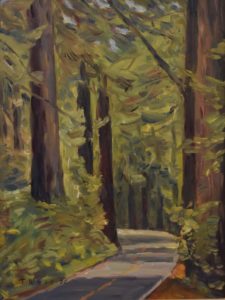 For the second September in a row, the art gallery at Toby’s Feed Barn is featuring an exhibit by the superb landscape artist Thomas Wood of Nicasio. The show closes Sept. 27.
For the second September in a row, the art gallery at Toby’s Feed Barn is featuring an exhibit by the superb landscape artist Thomas Wood of Nicasio. The show closes Sept. 27.






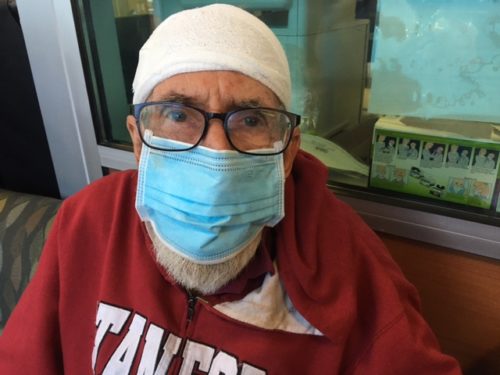

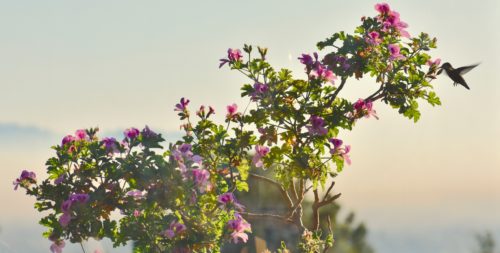

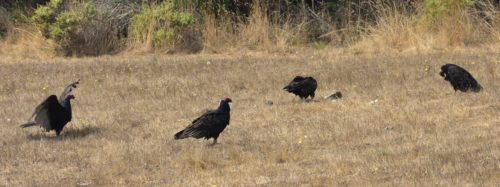
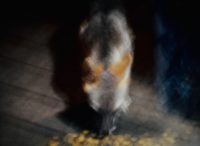
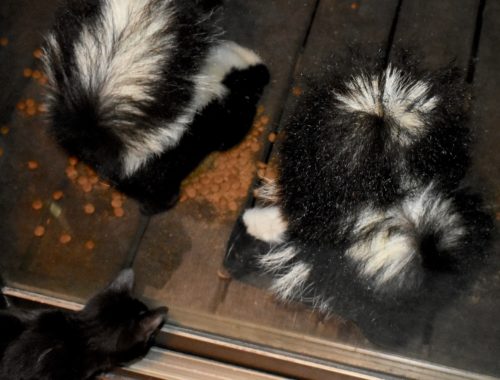
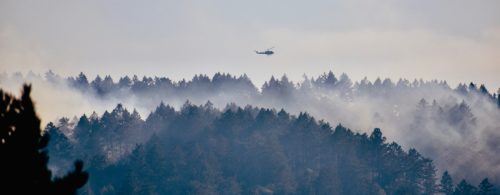
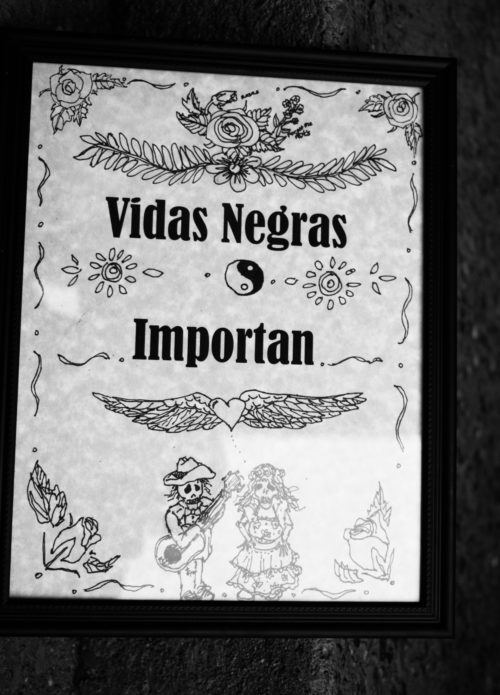
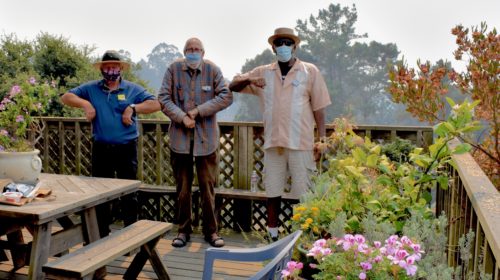
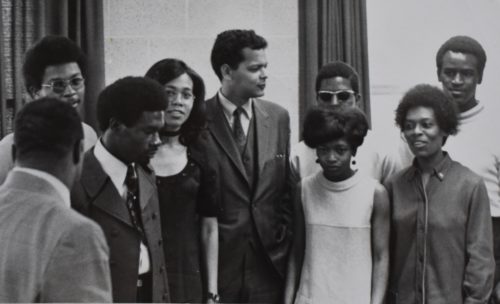
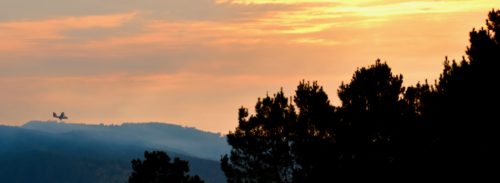
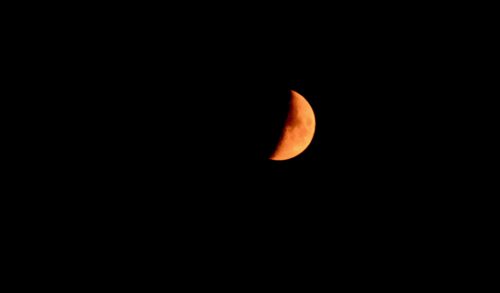

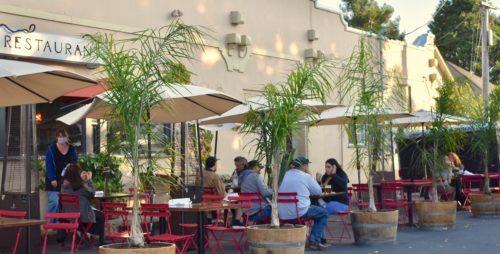
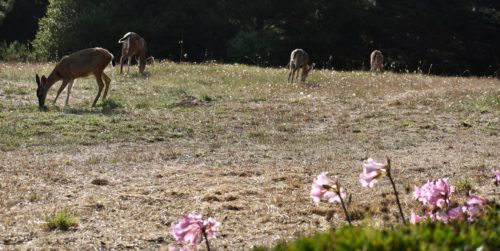
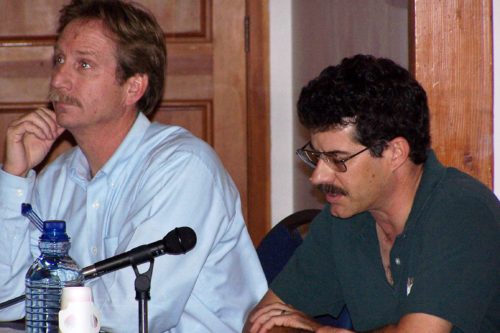
 The crowd of townspeople who heard Don Neubacher (upper right) prevaricate about his own actions after the pepper spray incident in 2004.
The crowd of townspeople who heard Don Neubacher (upper right) prevaricate about his own actions after the pepper spray incident in 2004.